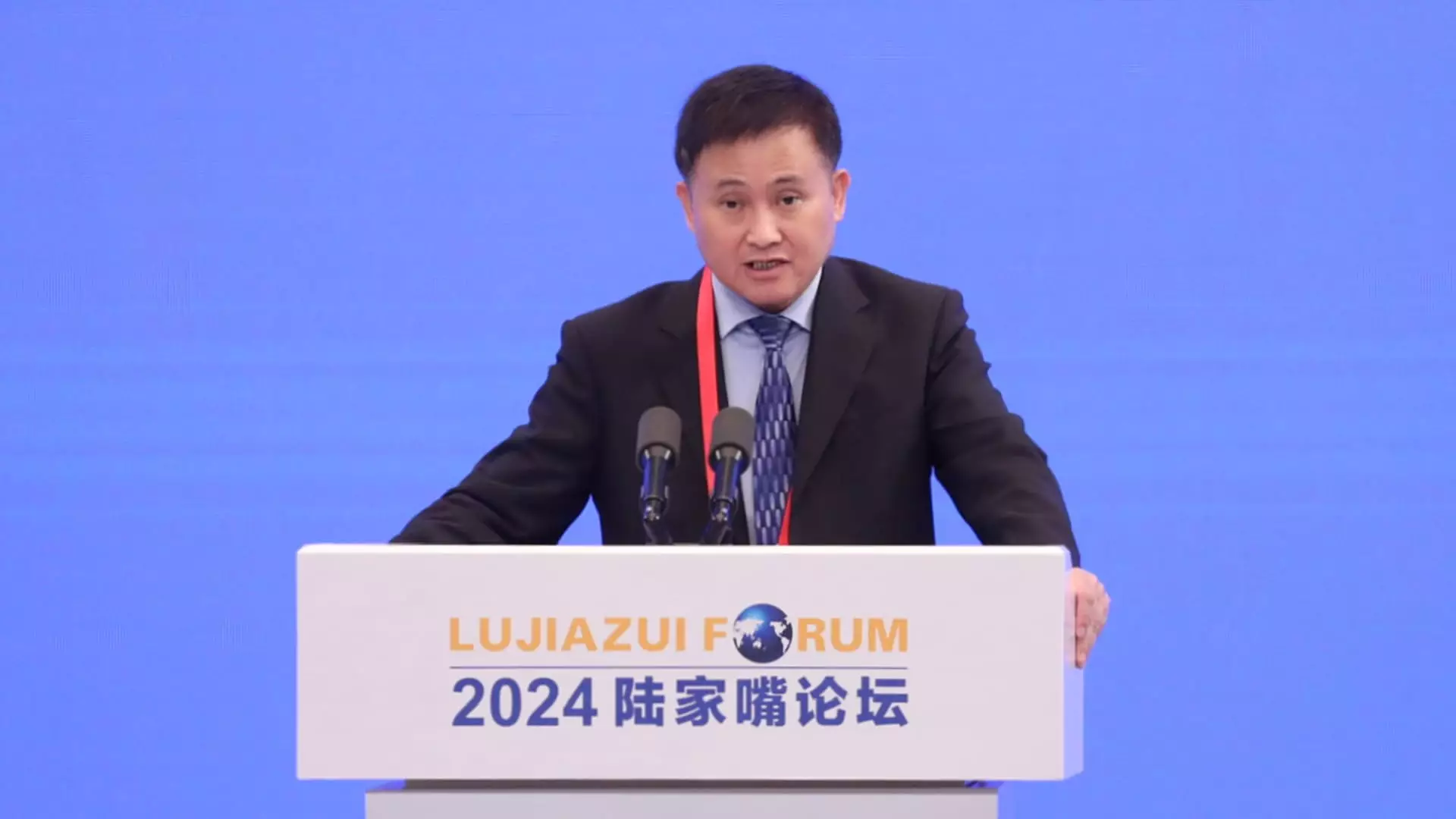As the global economy grapples with various challenges, China’s financial landscape is no exception. The People’s Bank of China (PBOC), under the leadership of Governor Pan Gongsheng, has made significant strides in addressing economic concerns through its monetary policy. Recently, during a crucial meeting of the National People’s Congress Standing Committee, Pan articulated the central bank’s commitment to maintaining a supportive monetary stance. This approach is particularly relevant given the prevailing economic uncertainties and the potential for further growth turbulence.
At the heart of the PBOC’s strategy is the concept of counter-cyclical monetary policy. These measures are specifically designed to counteract short-term economic fluctuations. By actively engaging in counter-cyclical policies, the PBOC aims to mitigate the adverse effects of downturns, thereby fostering a more resilient economic environment. Pan’s assurance of increasing the intensity of these measures indicates an understanding of the urgent need to provide stability in a time of uncertainty.
This commitment comes on the heels of the central bank’s actions to reduce interest rates, which began in late September. Such moves reflect an effort to bolster economic activities and prevent a slowdown from gathering momentum. This proactive stance aligns with fiscal measures being discussed at the National People’s Congress, where debates surrounding increasing local government debt limits are crucial for addressing hidden debts.
Additionally, the PBOC’s policies have been influenced by broader international developments, particularly the actions of the U.S. Federal Reserve. Following the Fed’s significant interest rate cuts, including a notable 50 basis-point reduction, the PBOC found it imperative to adjust its policies accordingly. The interconnectedness of the global economy means that China’s monetary strategies often reflect and respond to external pressures, highlighting the importance of synchrony in policymaking.
As the Fed is anticipated to announce further rate cuts, the PBOC’s alignment with these global tendencies signifies an effort to maintain competitive economic momentum. This alignment also speaks volumes about China’s broader strategies, both for domestic stability and international cooperation.
The PBOC’s commitment to a supportive monetary policy amid an evolving economic landscape reflects a pragmatic approach to governance. The integration of counter-cyclical measures is emblematic of an understanding that timely and decisive action is vital for fostering economic stability. With ongoing discussions about fiscal stimulus and asset management in the National People’s Congress, China’s policy framework is poised for significant changes.
Such developments will not only impact domestic growth trajectories but could also reverberate throughout global markets. As policymakers in China navigate these challenges, the international community watches closely, conscious of the intricate web of economic interdependencies that define our modern world.

